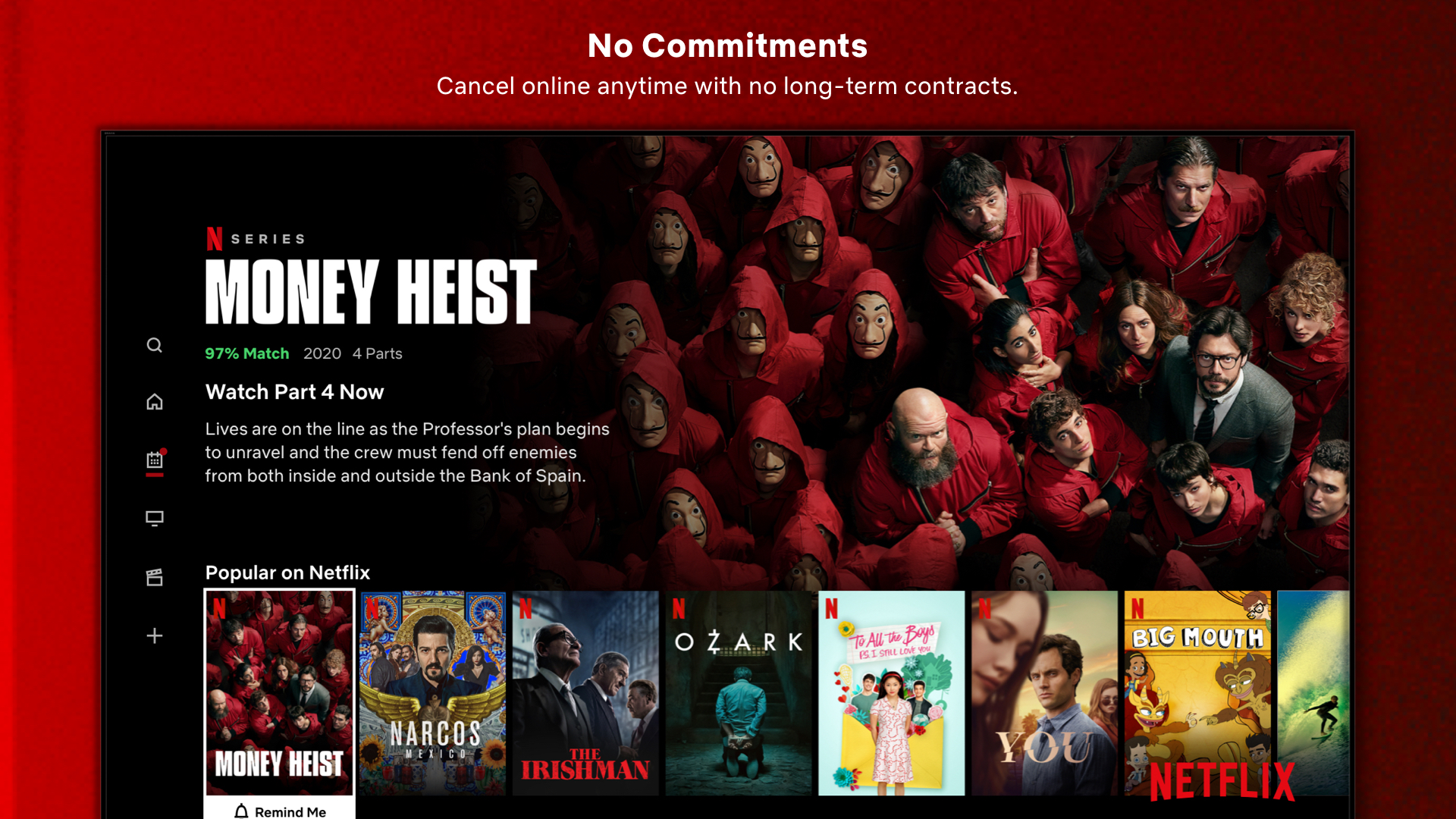Netflix, one of the most recognizable names in the entertainment industry, has made headlines again with a major development: a 10-for-1 stock split. This move is expected to have significant implications for both current and potential investors. As one of the largest streaming platforms globally, Netflix’s decision to split its stock is not just a financial maneuver but also a strategic step to make its shares more accessible.
Understanding the Netflix Stock Split

On October 30, 2025, Netflix announced that its Board of Directors had approved a 10-for-1 forward stock split. The company will issue nine additional shares for every share held by shareholders on the record date, which is November 10, 2025. The split-adjusted trading is expected to begin on November 17, 2025.
This marks the third time in Netflix’s history that the company has executed a stock split. The previous splits were a 2-for-1 in 2004 and a 7-for-1 in 2015. The purpose of this latest split is to reset the market price of the company’s common stock to a range that will be more accessible to employees participating in the company’s stock option program.
How Does a Stock Split Work?

A stock split is a corporate action that increases the number of shares outstanding while reducing the price per share. For example, if an investor owns one share of Netflix at $1,100, after the 10-for-1 split, they would own 10 shares valued at $110 each. The total value of the investment remains the same, but the number of shares increases.
This mechanism is often compared to breaking a $10 bill into 10 $1 bills. While the total amount of money doesn’t change, the smaller denominations may make it easier for people to use or invest.
Why Is Netflix Doing This?
The primary reason behind the stock split is to make Netflix’s shares more accessible to employees who participate in the company’s stock option program. At the time of the announcement, Netflix’s stock was trading at around $1,100 per share, which is a high price point for many retail investors.
By splitting the stock, the company aims to lower the per-share price, making it more affordable for a broader range of investors. This could potentially increase demand for the stock and enhance liquidity.
What Does This Mean for Investors?

For existing shareholders, the stock split won’t change the total value of their investment. However, it may affect their perception of the stock. Lower share prices can make the stock seem more affordable, which might encourage new investors to buy in.
Analysts believe that stock splits can sometimes lead to increased interest in a company’s stock. While the split itself doesn’t directly impact the company’s fundamentals, it can create a psychological boost for investors.
Wall Street’s Take on Netflix
Despite the recent stock split, analysts remain bullish on Netflix. Many believe that the company is well-positioned for future growth, particularly in the global advertising market. With over 300 million paid memberships worldwide, Netflix continues to dominate the streaming industry.
Recent earnings reports show strong performance, with revenue growing 15% year over year and earnings per share increasing by 26%. The company’s operating margin has also expanded significantly, indicating improved profitability.
Future Prospects for Netflix

Looking ahead, Netflix has several highly anticipated releases scheduled for the fourth quarter of 2025. These include the final season of “Stranger Things,” new seasons of popular shows like “The Witcher” and “Love Is Blind,” and blockbuster movies such as Guillermo del Toro’s “Frankenstein.”
In addition to content, Netflix is expanding its advertising business, which is expected to become a primary revenue driver in the coming years. Analysts predict that ad revenue will play a significant role in the company’s growth strategy.
Should You Invest in Netflix Now?
While the stock split itself isn’t a direct indicator of whether Netflix is a good investment, the company’s long-term performance and growth potential are compelling factors. Over the past 15 years, Netflix has delivered an average annual return of 28.8%, outperforming the S&P 500.
However, investors should consider the company’s valuation. Netflix’s stock is currently trading at 34 times next year’s expected earnings, which is a premium. That said, given the company’s growth trajectory and market position, some analysts believe the price is justified.
Conclusion
The Netflix stock split is a significant event that highlights the company’s continued success and strategic focus on accessibility. While the split itself doesn’t change the fundamental value of the company, it could attract a wider range of investors and enhance the stock’s appeal.
As always, investors should conduct thorough research and consider their financial goals before making any investment decisions. Netflix remains a dominant player in the streaming industry, and its future prospects look promising.
Author Section
Author: Jane Doe
Title/Role: Financial Analyst
Credentials: Jane Doe is a seasoned financial analyst with over a decade of experience in stock market analysis and investment strategy. She has contributed to numerous publications and provides expert insights on market trends and investment opportunities.
Profile Link: LinkedIn Profile
References
Call to Action
Stay updated with the latest news and insights on trending stocks and market developments. Explore today’s headlines and make informed investment decisions.










More Stories
67 Emote Clash Royale Emote: Complete List and Guide
What Is the 504 Gateway Timeout Error and How to Fix It?
US Trending News: 67 Emote Clash Royale QR Code: How to Use and Where to Find It